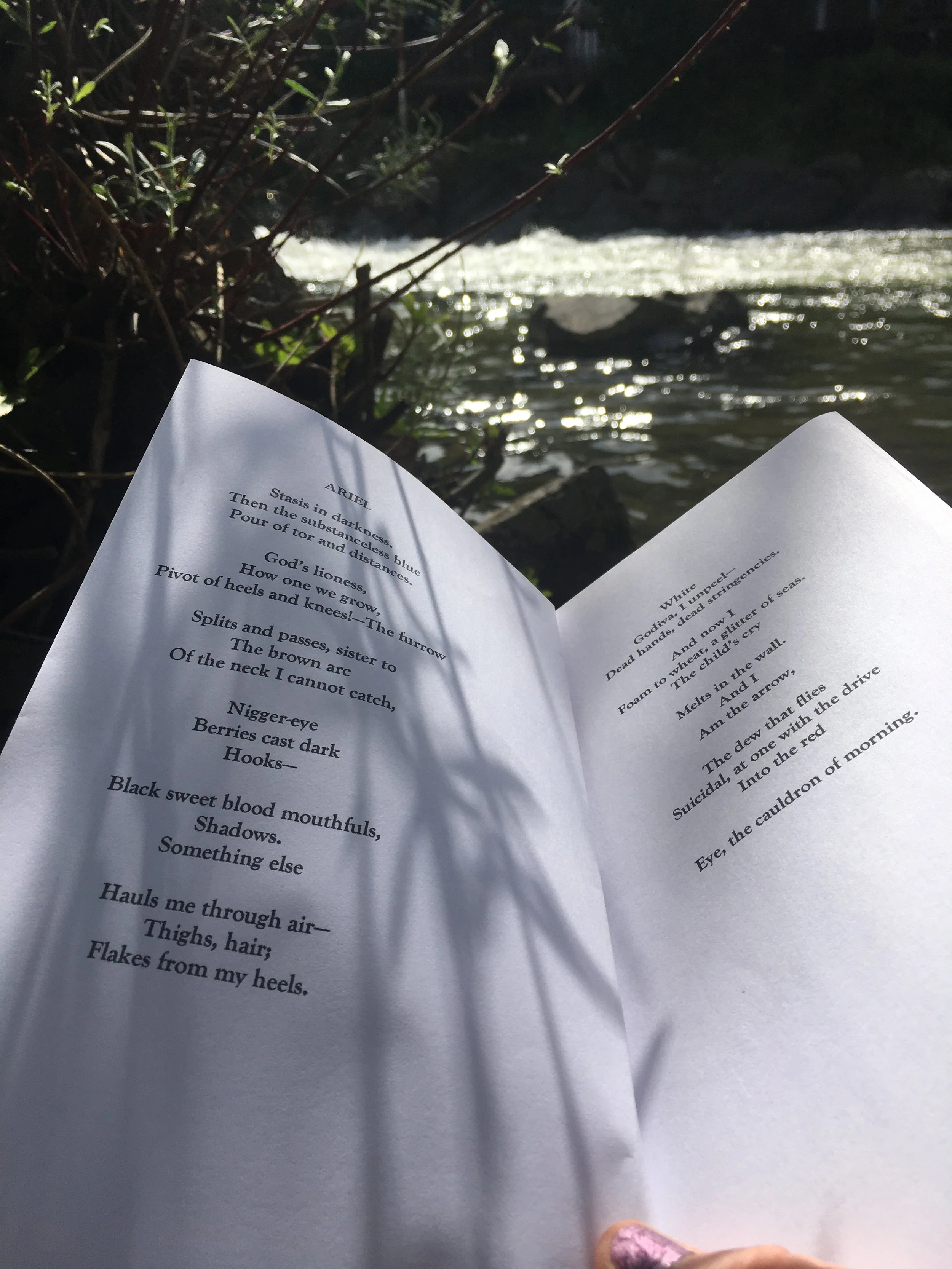I live in rural Southern France, on a mountain. Yesterday I got on a train going to Paris, heading into a throng of 2 million people.
My work is based around the natural environment. It’s about exploring the ‘wilds’ out there, in order to understand how to bring that quality into our words, to find freedom in writing. I’m interested in those parts of ourselves- the spontaneous, intuitive, instinctual- that we’re afraid of. Our fear is such, that instead of acknowledging these aspects within ourselves, we project them outwards, saying they’re out there ‘in the wilds’ , in the ‘wild animals’.
On my mountain it’s clear where ‘wild’ resides. In the badger, the deer, the wild boar. But where those disowned aspects go when we live in, or visit a city? Where do we see ‘wild’? I’ve been feeling excited by the challenge of tracking it down.
So, this morning I went walking beside the Seine in central Paris, that mission on my mind. I was swept along the pavement by a river of people. The noise of feet and cars swirled in my ears. I found places where the city had replicated the wild. There were garden shops with fountains shaped like elephants.
When it hadn’t replicated wild, the city had tried to tame it, contain it, to take a moment of its beauty and fix it in time. There were posters of big cats, and plants in pots. But best of all, on sale for 90 euros in Centre Pompidou, I found green grass, neat as a lawn, growing in a frame, a living picture.
This was all fascinating, but I wasn’t seeking castrated nature. No, what I wanted to find was the places where wild was living free in the city. Then I wanted to see how people responded to it. The search continued…
First Published November 30th 2012












Winter Solstice Competition Runner-up: Hannah Ray, with You Were Born in a Pandemic